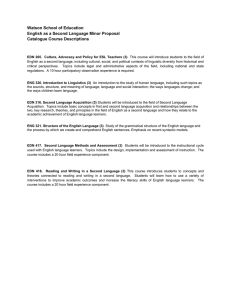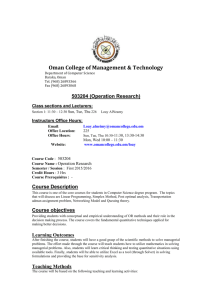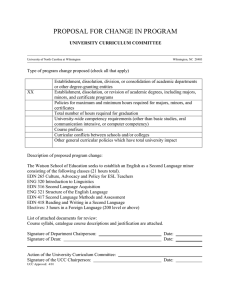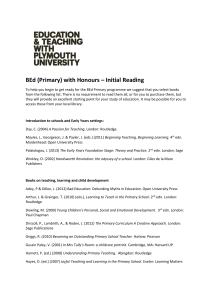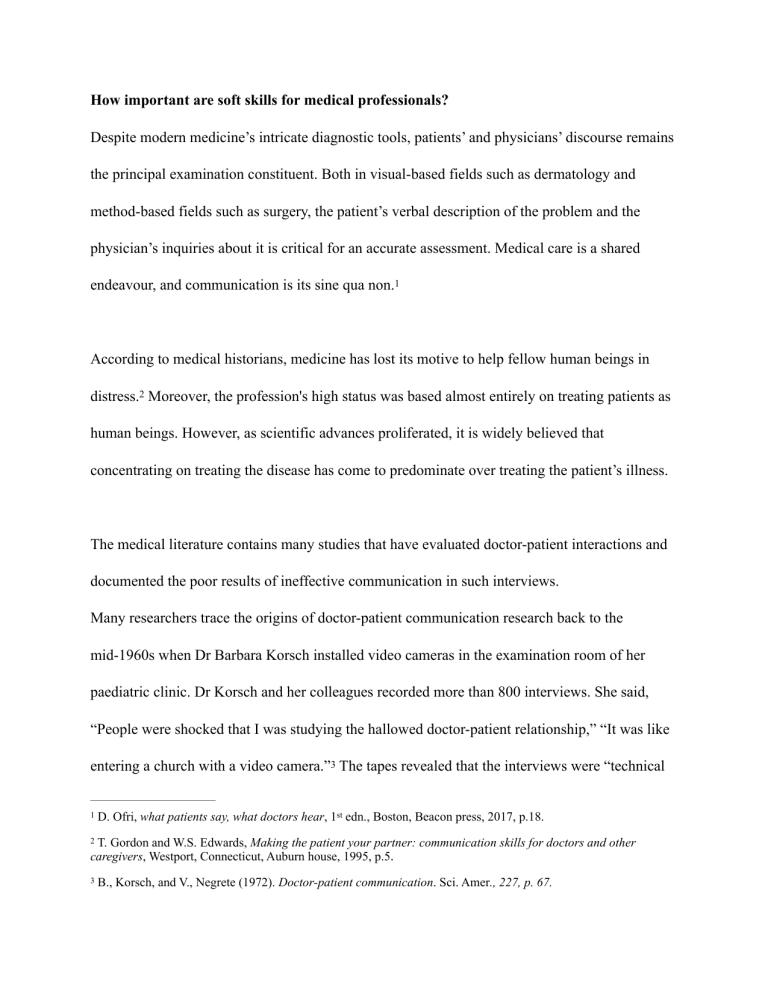
How important are soft skills for medical professionals? Despite modern medicine’s intricate diagnostic tools, patients’ and physicians’ discourse remains the principal examination constituent. Both in visual-based fields such as dermatology and method-based fields such as surgery, the patient’s verbal description of the problem and the physician’s inquiries about it is critical for an accurate assessment. Medical care is a shared endeavour, and communication is its sine qua non.1 According to medical historians, medicine has lost its motive to help fellow human beings in distress.2 Moreover, the profession's high status was based almost entirely on treating patients as human beings. However, as scientific advances proliferated, it is widely believed that concentrating on treating the disease has come to predominate over treating the patient’s illness. The medical literature contains many studies that have evaluated doctor-patient interactions and documented the poor results of ineffective communication in such interviews. Many researchers trace the origins of doctor-patient communication research back to the mid-1960s when Dr Barbara Korsch installed video cameras in the examination room of her paediatric clinic. Dr Korsch and her colleagues recorded more than 800 interviews. She said, “People were shocked that I was studying the hallowed doctor-patient relationship,” “It was like entering a church with a video camera.”3 The tapes revealed that the interviews were “technical 1 D. Ofri, what patients say, what doctors hear, 1st edn., Boston, Beacon press, 2017, p.18. T. Gordon and W.S. Edwards, Making the patient your partner: communication skills for doctors and other caregivers, Westport, Connecticut, Auburn house, 1995, p.5. 2 3 B., Korsch, and V., Negrete (1972). Doctor-patient communication. Sci. Amer., 227, p. 67. and information-oriented.” Furthermore, it brought to light the alarming information that everyday civilities such as greetings and handshakes were rare, as were friendly expressions, and many mothers were tense and fearful. Nearly a quarter of the mothers said that the physician did not give them a chance to bring up even one problem running in their minds. In addition, one out of five mothers felt they were not given a clear explanation of what was wrong with their child. Another patient, herself a physician, writes about her experiences with her doctors when she had breast cancer: ‘Oncologists, radiation oncologists, plastic surgeons…No one understood that I wasn’t a statistic, that this was my life and that these were awful decisions. I resented the fact that they could go home to their lives, whereas I still had cancer. Moreover, my doctors provided me with much information but rarely took care of me. They could cut into an anaesthetized body, calculate radiation dosages, but they didn’t ask me how I was feeling. They barely acknowledged that I was a new mother and never mentioned how frightening the experience must be. No one even gave me an affectionate pat, let alone a hug. Maybe they weren’t trained to do this. Possibly, they had been trained out of doing this. But what I needed doesn’t really take training; it just takes being human.’4 Eventually, patients’ dissatisfaction can manifest itself in various ways, including noncompliance with treatment instructions, malpractice litigation, and the use of non-traditional health care providers such as acupuncturists, hypnotists, massage therapists, and chiropractors. All of them 4 M., Olmstead (1993). A doctor's story. Mirabella, Aug., p. 131. are frequently perceived as being more interested in the patient as a person. Physicians may need to make a tremendous effort to convey to their patients that they want them to actively engage in the diagnostic portion of their interaction. In the typical patient-physician cooperation, the physician is entirely responsible for making the diagnosis, which patients have traditionally accepted. On the contrary, what is needed is a relationship model in which patients' communication is accepted, acknowledged, and even welcomed. Bibliography: • Brawley, O.W and Goldberg P., How we do harm, 1st edn., New York, St. Martin’s press, 2012. • Gordon, T. and Edwards, W.S., Making the patient your partner: communication skills for doctors and other caregivers, 1st edn., Westport, Connecticut, Auburn house, 1995. • Korsch, B. and Negrete, V. (1972). Doctor-patient communication. Sci. Amer., 227. • Ofri D., what patients say, what doctors hear, 1st edn., Boston, Beacon press, 2017. • Olmstead, M. (1993). A doctor's story. Mirabella, Aug. • Stern, J.D., grief connects us: a neurosurgeon’s lessons in love, loss, and compassion, 1st edn., Las Vegas, Central Recovery Press, 2021. • Trezeciak, S. and Mazzarelli A., compassionomics: the revolutionary scientific evidence that caring makes a difference, 1st edn., Florida, Studer group, 2019. • Young, A., what patients taught me: a medical student’s journey, 3rd edn., Seattle, Sasquatch books, 2004.
